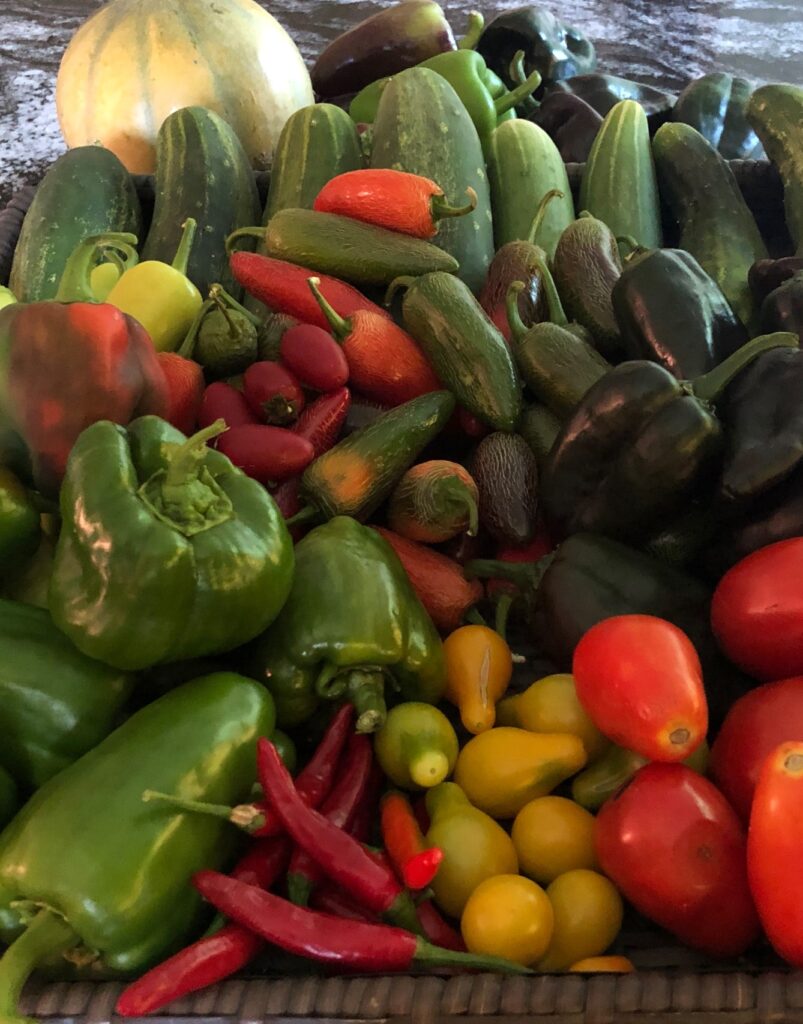Are you looking for a way to save money and earn passive income? If so, then planting a food forest could be just the answer. I know this from personal experience – my own food forest yielded an abundance of produce in its first full season, and I didn’t need to buy any vegetables throughout the season. Not only did I save money, but I was also able to share with my neighbors, which was met with great enthusiasm.
A food forest can provide a variety of benefits, from reducing spending on groceries and household expenses to increasing community food security and strengthening social connections. It can also have environmental benefits, such as reducing carbon emissions and providing habitat for wildlife. In this article, I will share my personal experience with planting a food forest and discuss the many benefits of this sustainable method of growing food. I will also provide tips and resources for readers interested in starting their own food forest, while adhering to my own values of sustainability, community focus, and education, and principles of offering unpatented plants and limiting advertising.
My personal experience with planting a food forest has been incredibly rewarding. I started by planting a variety of fruit trees, including apples, pears, and cherries, and a variety of vegetables, such as tomatoes, peppers, and squash. I also planted a variety of herbs, including basil, oregano, and chives. I used cardboard and mulch to prevent grass from growing through my flower beds and interrupting my mowing pattern. I also incorporated permaculture techniques, such as planting nitrogen-fixing plants and propagating native and unpatented plants.
The benefits of planting a food forest are numerous. First and foremost, it can save money on groceries and household expenses. Not only can you harvest a variety of produce, but you can also save money on energy costs by using permaculture techniques, such as growing plants that require less water and fewer chemicals. Additionally, a food forest can increase community food security by providing access to fresh and healthy food to those who may not have the means to purchase it. My own food forest has been a great source of pride in my neighborhood, and an opportunity to strengthen social connections by sharing fresh produce with my neighbors.
The environmental benefits of a food forest are also significant. Planting a food forest can reduce carbon emissions by cutting down on the energy required to transport produce to stores, as well as by reducing the use of pesticides and fertilizers. It can also increase habitat for wildlife by providing a variety of plants and trees for birds and other animals to feed on.
For those looking to start their own food forest, I have a few tips. First, it’s important to plan ahead and research the best plants for the climate and soil type where you live. Additionally, it’s important to be mindful of the amount of time and energy you’ll need to devote to maintaining your food forest. Finally, it’s important to stay informed about any applicable laws or regulations in your area.
There are a variety of resources available to help you get started. You can find information about permaculture techniques and plant propagation on websites like Permaculture.org, as well as instructional videos on YouTube. You can also find information on the types of plants that grow best in your area on websites like PlantNative.org or your local extension office. Additionally, there are a variety of books available on topics like food security and permaculture.
Growing a food forest can be a great way to save money, earn passive income, and contribute to a more sustainable future. Not only can it reduce spending on groceries and household expenses, but it can also increase community food security and strengthen social connections. Plus, it has the potential to reduce carbon emissions and provide habitat for wildlife. Planting a food forest can be an incredibly rewarding experience, and with proper planning, preparation, and research, it can be a great way to save money and earn passive income.
For those interested in starting their own food forest, there are a variety of tips and resources available to help you get started. Planting a food forest is a great way to contribute to a more sustainable future and make a positive impact on your community. If you have the time and resources, I encourage you to consider starting your own food forest.

